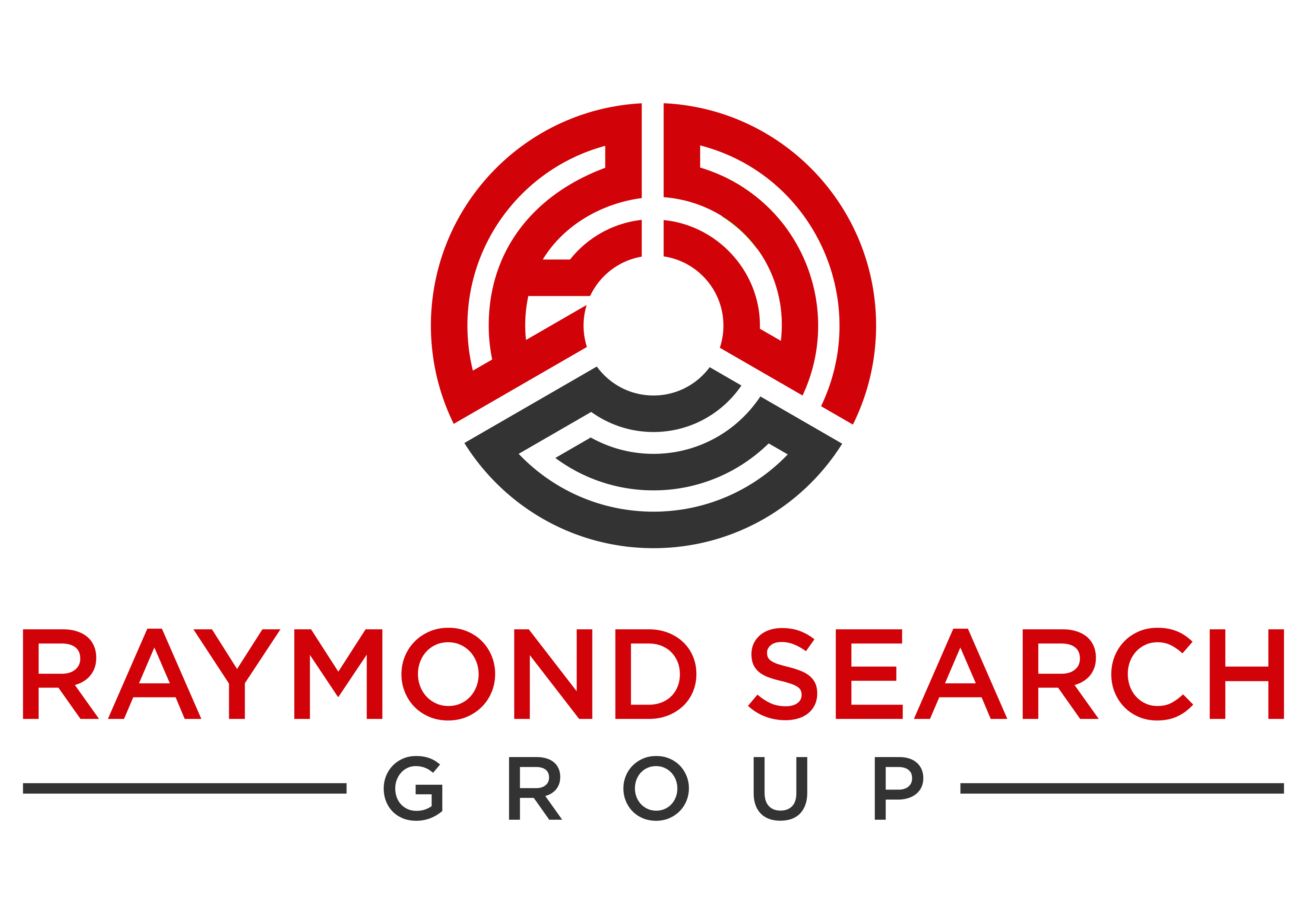
In the ever-evolving realm of technology, maintaining a competitive edge is crucial for success, innovation, and adherence to industry standards. A pivotal element in achieving these objectives is the development of a well-crafted hiring strategy, supported by a meticulously planned budget. As the new year unfolds, now is the opportune time for technology companies to lay the groundwork for their teams. In this blog post, we’ll delve into the intricacies of planning your company’s hiring budget at the beginning of the year.
Evaluate the Current Product and Technology Landscape:
Before delving into budget planning, conduct a comprehensive assessment of your existing infrastructure. Identify gaps, assess the performance of current systems and current employees, and consider upcoming technology trends, product releases, revenue goals, and client commitments that might impact your organization. This analysis serves as a roadmap for determining the specific skill sets and expertise required in your new hires.
Align Hiring Strategy with Organizational Goals:
Understand the strategic objectives of your technology company for the upcoming year. Whether it involves implementing new technologies, enhancing product features, expanding market reach, or ensuring data security and compliance, your hiring strategy should align seamlessly with these goals. This alignment ensures that the team plays a direct and impactful role in your organization’s overall success.
Identify Critical Roles and Skill Sets:
Based on the assessment and organizational goals, pinpoint the critical roles and skill sets needed to meet demands. This may include positions in sales, operations, engineering, technology, or leadership. Prioritize these roles based on urgency and potential impact on your organization.
Consider Market Trends and Salaries:
Research current market trends in technology hiring to gain insights into the demand for specific skills and emerging roles. Additionally, understand the salary expectations for these roles in your region. This information will aid in establishing realistic budget allocations for each position, ensuring competitiveness in attracting top talent.
Factor in Training and Development:
Allocate budget not only for hiring new talent but also for training and development programs. The technology landscape is dynamic, with new advancements and updates occurring regularly. Investing in continuous education for your existing team and new hires is crucial for staying ahead of the curve and maintaining a highly skilled workforce.
Leverage Partnerships:
Explore potential partnerships with external service providers, such as executive search firms. Outsourcing talent acquisition efforts can be a cost-effective path to hiring full-time or contract employees. Evaluate these options and consider how they fit into your overall hiring budget.
Build in Flexibility:
The technology industry is characterized by its rapid changes and unpredictability. Integrate flexibility into your hiring budget to accommodate unforeseen challenges, emerging technologies, or shifts in organizational priorities. This adaptability will help you navigate changing circumstances without compromising your goals.
As technology continues to evolve, having a well-planned hiring budget is essential for organizations striving to stay competitive and foster innovation. By aligning your hiring strategy with organizational goals, identifying critical roles, considering market trends, and building in flexibility, you can set the stage for a successful year of growth and innovation in the technology sector.





